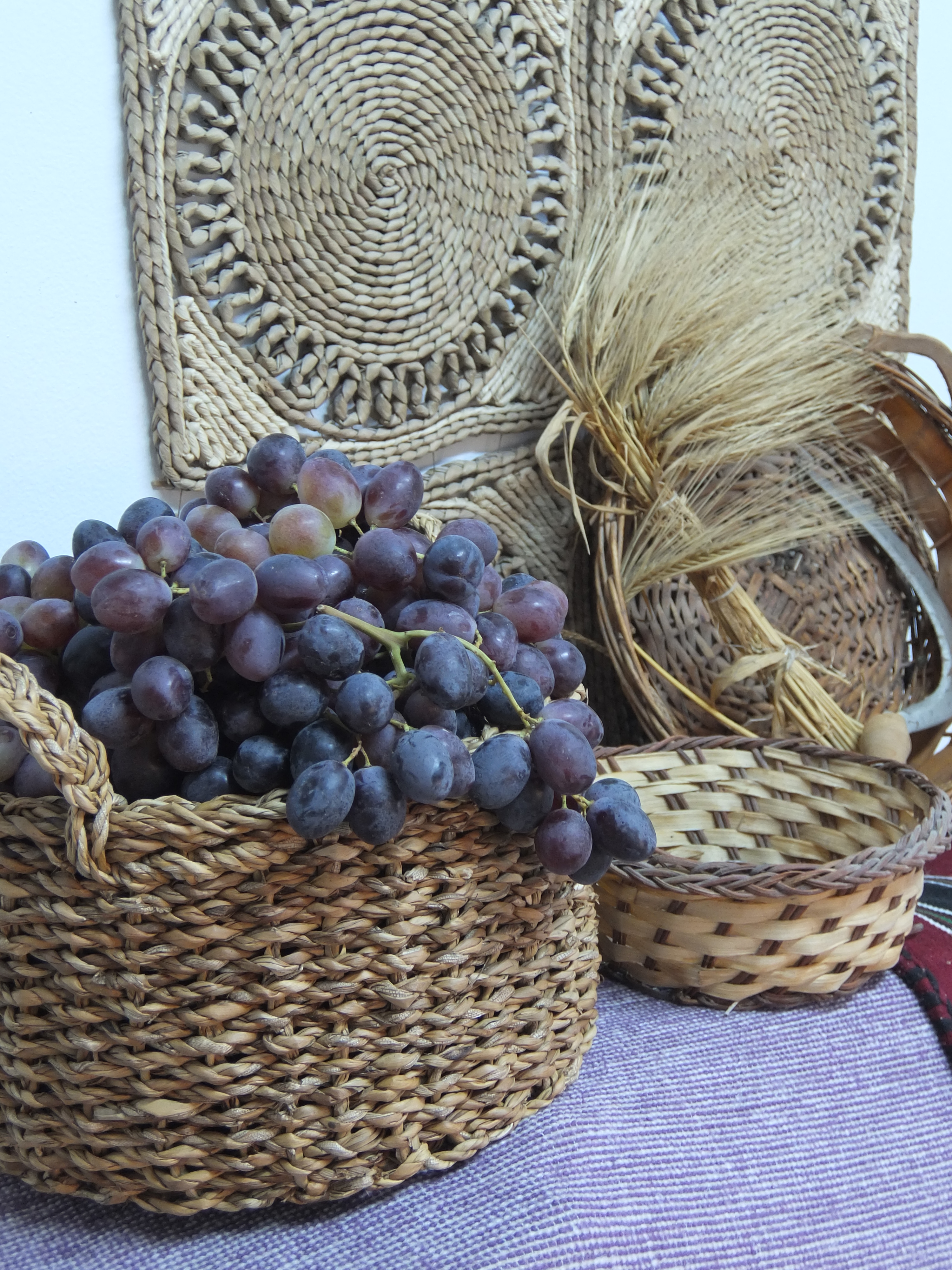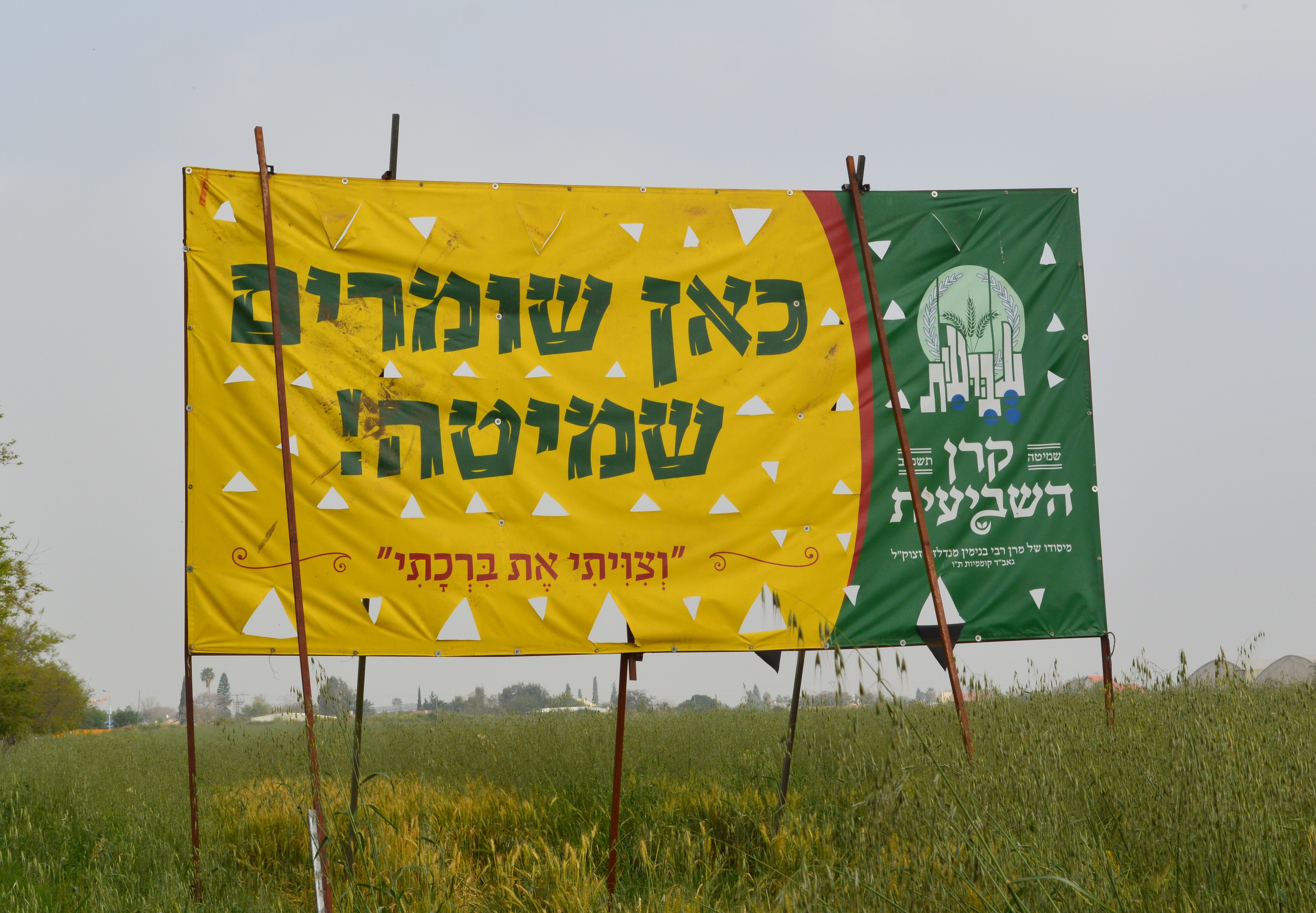|
Yassid
Yasid ( ar, ياصيد) is a Palestinian town in the Nablus Governorate in northern West Bank, located 15 kilometers northeast of Nablus. According to the Palestinian Central Bureau of Statistics (PCBS), the town had a population of 2,291 inhabitants in mid-year 2006. Location Yasid is located 8.6 km north of Nablus. It is bordered by Wadi al Far’a to the east, the village of Siris to the north, Beit Imrin and Jaba’ to the west, and Talluza and ‘Asira ash Shamaliya villages to the south. History Sherds from Iron Age (I-II)Zertal, 2004, pp508 Persian early and late Roman, Byzantine, Early Islamic and Medieval periods have been found here. Yasid was identified with Yaṣat or Yaset (), mentioned in the 9th-8th century BCE Samaria Ostraca (No. 9,-10, 19 and 47) and later in the 6th-7th century Mosaic of Reḥob as a Jewish village in the region of Sebastia which was inhabited mostly by non-Jews and, therefore, agricultural produce obtained from the area could be tak ... [...More Info...] [...Related Items...] OR: [Wikipedia] [Google] [Baidu] |
Siris, Jenin
Siris ( ar, سيريس) is a Palestinian town in the Jenin Governorate in the western area of the West Bank, located 32 kilometers south of Jenin. According to the Palestinian Central Bureau of Statistics, the town had a population of 5400 inhabitants in mid-year 2006. Siris has an area of about 12,495 dunums, including 2,500 dunums of state land, about 7,500 dunums planted with olive trees, about 1,500 dunums of land, and the rest used for construction. Location Siris is bordered to the north by the villages of Al-Judeida and Sir. To the west is the town of Meithalun, to the south is the village of Yassid. History Ceramic remains have been found from the Roman era,Zertal, 2004, pp249 as well as for the Byzantine era and the early Muslim era. Siris was one of the stations of ancient Umayyad convoys. In 1165 a Crusader text mention an estate name ''Casalien Ciris'', which belonged to a Vitzgraf Ulrich. It is said that the Muslim leader Salah al-Din Ayyubi has passed on ... [...More Info...] [...Related Items...] OR: [Wikipedia] [Google] [Baidu] |
Arabic Script
The Arabic script is the writing system used for Arabic and several other languages of Asia and Africa. It is the second-most widely used writing system in the world by number of countries using it or a script directly derived from it, and the third-most by number of users (after the Latin and Chinese scripts). The script was first used to write texts in Arabic, most notably the Quran, the holy book of Islam. With the religion's spread, it came to be used as the primary script for many language families, leading to the addition of new letters and other symbols. Such languages still using it are: Persian (Farsi/Dari), Malay ( Jawi), Uyghur, Kurdish, Punjabi (Shahmukhi), Sindhi, Balti, Balochi, Pashto, Lurish, Urdu, Kashmiri, Rohingya, Somali and Mandinka, Mooré among others. Until the 16th century, it was also used for some Spanish texts, and—prior to the language reform in 1928—it was the writing system of Turkish. The script is written from right to left in a cu ... [...More Info...] [...Related Items...] OR: [Wikipedia] [Google] [Baidu] |
Ancient Near East
The ancient Near East was the home of early civilizations within a region roughly corresponding to the modern Middle East: Mesopotamia (modern Iraq, southeast Turkey, southwest Iran and northeastern Syria), ancient Egypt, ancient Iran ( Elam, Media, Parthia and Persis), Anatolia/Asia Minor and the Armenian highlands (Turkey's Eastern Anatolia Region, Armenia, northwestern Iran, southern Georgia, and western Azerbaijan), the Levant (modern Syria, Lebanon, Israel, Palestine, and Jordan), Cyprus and the Arabian Peninsula. The ancient Near East is studied in the fields of Ancient Near East studies, Near Eastern archaeology and ancient history. The history of the ancient Near East begins with the rise of Sumer in the 4th millennium BC, though the date it ends varies. The term covers the Bronze Age and the Iron Age in the region, until either the conquest by the Achaemenid Empire in the 6th century BC, that by the Macedonian Empire in the 4th century BC, or the Muslim conquest ... [...More Info...] [...Related Items...] OR: [Wikipedia] [Google] [Baidu] |
Palestine (region)
Palestine ( el, Παλαιστίνη, ; la, Palaestina; ar, فلسطين, , , ; he, פלשתינה, ) is a geographic region in Western Asia. It is usually considered to include Israel and the State of Palestine (i.e. West Bank and Gaza Strip), though some definitions also include part of northwestern Jordan. The first written records to attest the name of the region were those of the Twentieth dynasty of Egypt, which used the term "Peleset" in reference to the neighboring people or land. In the 8th century, Assyrian inscriptions refer to the region of "Palashtu" or "Pilistu". In the Hellenistic period, these names were carried over into Greek, appearing in the Histories of Herodotus in the more recognizable form of "Palaistine". The Roman Empire initially used other terms for the region, such as Judaea, but renamed the region Syria Palaestina after the Bar Kokhba revolt. During the Byzantine period, the region was split into the provinces of Palaestina Prima, Palaestin ... [...More Info...] [...Related Items...] OR: [Wikipedia] [Google] [Baidu] |
Israel Exploration Journal
The ''Israel Exploration Journal'' is a biannual academic journal which has been published by the Israel Exploration Society since 1950. It primarily covers research in archaeology, but also history and geography relating to Israel and the surrounding areas. The editors-in-chief are Shmuel Ahituv, Amihai Mazar, and Z. Weiss. The journal is abstracted and indexed in the Arts & Humanities Citation Index and Current Contents ''Current Contents'' is a rapid alerting service database from Clarivate Analytics, formerly the Institute for Scientific Information and Thomson Reuters. It is published online and in several different printed subject sections. History ''Cur .../Arts & Humanities. References External links * * Archaeology journals Middle Eastern studies journals Publications established in 1950 English-language journals Biannual journals {{archaeology-journal-stub ... [...More Info...] [...Related Items...] OR: [Wikipedia] [Google] [Baidu] |
Aaron Demsky
Aaron Demsky is professor of biblical history at Bar-Ilan University. He is an epigrapher noted for his work on onomastics. Demsky is the winner of the 2014 Bialik Prize The Bialik Prize is an annual literary award given by the municipality of Tel Aviv, Israel, for significant accomplishments in Hebrew literature. The prize is named in memory of Israel's national poet Hayyim Nahman Bialik Hayim Nahman Biali ... for his book, ''Literacy in Ancient Israel''. Books * ''Pleasant are Their Names: Jewish Names in the Sephardi Diaspora'', University of Maryland Press, 2010 * ''These are the names : studies in Jewish onomastics'', with Joseph A. Reif, Joseph Tabory. Bar-Ilan University Press, 1997. (v. 1), 9652262269 (v. 2) * '' Yediʻat sefer be-Yiśraʼel ba-ʻet ha-ʻatiḳah'', Mosad Byaliḳ, 2012. References {{DEFAULTSORT:Demsky, Aaron Epigraphers Year of birth missing (living people) Living people Bar-Ilan University faculty Historical geographers ... [...More Info...] [...Related Items...] OR: [Wikipedia] [Google] [Baidu] |
Tithes In Judaism
The tithe is specifically mentioned in the Books of Leviticus, Numbers and Deuteronomy. The tithe system was organized in a seven-year cycle, the seventh-year corresponding to the '' Shemittah''-cycle in which year tithes were broken-off, and in every third and sixth-year of this cycle the second tithe replaced with the poor man's tithe. These tithes were akin to taxes for the people of Israel and were mandatory, not optional giving. This tithe was distributed locally "within thy gates" () to support the Levites and assist the poor. Every year, '' Bikkurim'', ''terumah'', ''ma'aser rishon'' and ''terumat ma'aser'' were separated from the grain, wine and oil (). Initially, the commandment to separate tithes from one's produce only applied when the entire nation of Israel had settled in the Land of Israel. The Returnees from the Babylonian exile who had resettled the country were a Jewish minority, and who, although they were not obligated to tithe their produce, put themselves und ... [...More Info...] [...Related Items...] OR: [Wikipedia] [Google] [Baidu] |
Sabbatical Year (Bible)
The sabbath year (shmita; he, שמיטה, literally "release"), also called the sabbatical year or ''shǝvi'it'' (, literally "seventh"), or "Sabbath of The Land", is the seventh year of the seven-year agricultural cycle mandated by the Torah in the Land of Israel and is observed in Judaism. During ''shmita'', the land is left to lie fallow and all agricultural activity, including plowing, planting, pruning and harvesting, is forbidden by ''halakha'' (Jewish law). Other cultivation techniques (such as watering, fertilizing, weeding, spraying, trimming and mowing) may be performed as a preventive measure only, not to improve the growth of trees or other plants. Additionally, any fruits or herbs which grow of their own accord and where no watch is kept over them are deemed ''hefker'' (ownerless) and may be picked by anyone. A variety of laws also apply to the sale, consumption and disposal of ''shmita'' produce. All debts, except those of foreigners, were to be remitted. Chap ... [...More Info...] [...Related Items...] OR: [Wikipedia] [Google] [Baidu] |
Sebastia, Nablus
Sebastia ( ar, سبسطية, ''Sabastiyah''; , ''Sevasti''; , ''Sebastiya''; la, Sebaste) is a State of Palestine, Palestinian village of over 4,500 inhabitants, with 5,066 dunams of land, according to an official land and population survey. Of this, 1,284 dunams were plantations and irrigable land, 3,493 used for cereals, while 90 dunams were built-up land. The second expedition was known as the Joint Expedition, a consortium of 5 institutions directed by John Winter Crowfoot between 1931 and 1935; with the assistance of Kathleen Kenyon, Kathleen Mary Kenyon, Eliezer Sukenik and G.M. Crowfoot. The leading institutions were the British School of Archaeology in Jerusalem, the Palestine Exploration Fund, and the Hebrew University. In the 1960s small scale excavations directed by Fawzi Zayadine were carried out on behalf of the Department of Antiquities of Jordan. Jordanian era In the wake of the 1948 Arab–Israeli War, and after the 1949 Armistice Agreements, Sebastia came under ... [...More Info...] [...Related Items...] OR: [Wikipedia] [Google] [Baidu] |
Jews
Jews ( he, יְהוּדִים, , ) or Jewish people are an ethnoreligious group and nation originating from the Israelites Israelite origins and kingdom: "The first act in the long drama of Jewish history is the age of the Israelites""The people of the Kingdom of Israel and the ethnic and religious group known as the Jewish people that descended from them have been subjected to a number of forced migrations in their history" and Hebrews of historical History of ancient Israel and Judah, Israel and Judah. Jewish ethnicity, nationhood, and religion are strongly interrelated, "Historically, the religious and ethnic dimensions of Jewish identity have been closely interwoven. In fact, so closely bound are they, that the traditional Jewish lexicon hardly distinguishes between the two concepts. Jewish religious practice, by definition, was observed exclusively by the Jewish people, and notions of Jewish peoplehood, nation, and community were suffused with faith in the Jewish God, ... [...More Info...] [...Related Items...] OR: [Wikipedia] [Google] [Baidu] |
Mosaic Of Rehob
The Mosaic of Reḥob, also known as the Tel Rehov inscription and Baraita of the Boundaries, is a late 3rd–6th century CE mosaic discovered in 1973, inlaid in the floor of the foyer or narthex of an ancient synagogue near Tel Rehov, south of Beit She'an and about west of the Jordan River, containing the longest written text hitherto discovered in any mosaic in the Land of Israel, and also the oldest known Talmudic text. Unlike other mosaics found in the region, the Reḥob mosaic has very little in the form of ornate design and symmetric patterns, but is unique due to its inscription, acclaimed by scholars to be one of the most important epigraphical findings discovered in Israel in the last century. Its text sheds invaluable light on the historical geography (toponymy) of Palestine during the Late Roman and Byzantine periods, as well as on Jewish and non-Jewish ethnographic divisions in Palestine for the same periods and their relation to one another, specifically, on agric ... [...More Info...] [...Related Items...] OR: [Wikipedia] [Google] [Baidu] |
.jpg)






.jpg)
